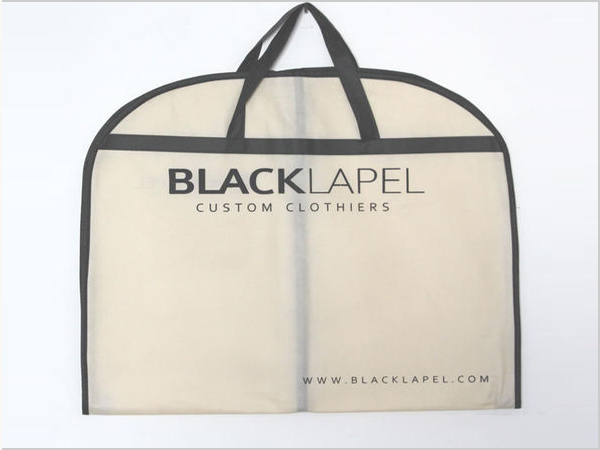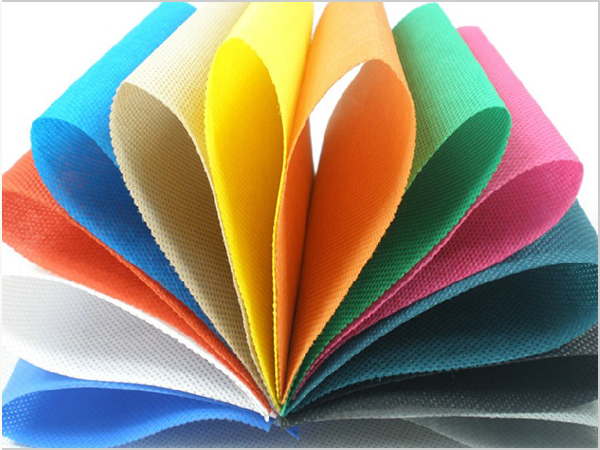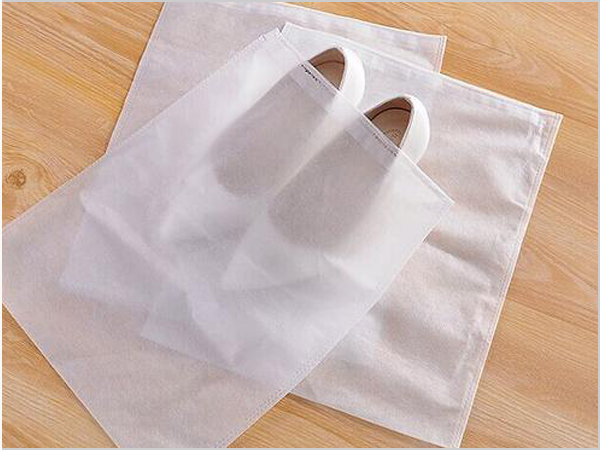- Xiangshuo has stood out in the field of spunbond nonwoven fabrics!
- How should enterprises respond to the impact of repeated tariffs
- PP non-woven fabric is a new type of environmental protection material!
- Under the tariff challenge, the textile and garment industry has a new opportunity
- Spunbonded non-woven fabric is an efficient, multi-functional modern material!

- Telephone: 0551- 66779966
- Cellphone: 18955130444
- Email: 58792982@qq.com
- Address: Building 1-2, East of Wubu Village Section, Hehuai Road, Wushan Town, Changfeng County, Hefei City, Anhui Province
From January to July of 2021, China's cumulative exports of textiles and apparel have declined year-on-year, but they are still growing compared with the same period in 2019. Among them, in July, China's textile and apparel exports declined year-on-year and increased month-on-month.
Industry insiders believe that although the current growth rate of China's textile and apparel exports is slowing down, in the long run, under the influence of multiple positive factors, China's textile and apparel exports still have broad market opportunities.
From January to July 2021, China’s textile and apparel exports totaled RMB1,090.21 billion, a year-on-year decrease of 0.93% and an increase of 5.5% over the same period in 2019. The export value of textile and apparel in July was 181.39 billion yuan, a year-on-year decrease of 18.24%, a month-on-month increase of 1.82%, and a decrease of 4.21% from the same period in 2019. Among them, textile exports amounted to 75.06 billion yuan, down 33.73% year-on-year, down 6.90% month-on-month, and up 1.30% year-on-year; clothing exports amounted to 106.33 billion yuan, down 2.08% year-on-year, up 9.03% month-on-month, and down 7.76 year-on-year %.
"In July this year, the global epidemic repeated, the epidemics in Europe, America and Japan escalated again, the epidemic in India was severe, the epidemic in Brazil slowly improved, the supply capacity of the global textile industry chain supply chain was weakened, some Southeast Asian orders returned to China, and the domestic textile market performed better than the epidemic. The former level." Zhuo Chuang Information analyst Liu Jie said that the four major markets of the United States, ASEAN, EU and Japan together accounted for 55% of China’s total textile exports. In the first half of this year, China's textile exports to the United States and ASEAN maintained relatively stable growth, while the growth of textile exports to the European Union and Japan slowed down or declined.
Specifically, from January to June, China’s textile and apparel exports to the United States reached US$25.31 billion, a year-on-year increase of 12.8% and a year-on-year increase of 19.4%.
China’s textile and apparel exports to ASEAN reached US$22.73 billion, an increase of 36% year-on-year and an increase of 23.5% year-on-year. Among them, the export value of key commodity yarn fabrics increased by 40.8% year-on-year and 6.9% year-on-year. ASEAN's share in China's textile and apparel export market has further increased to 15.8%, an increase of 2.4 percentage points from 2020, surpassing the EU for the first time.
China’s textile and apparel exports to the EU were US$21.22 billion, a year-on-year decrease of 19.1%, of which the average monthly decline in the second quarter was as high as 43.2%, which was mainly driven by the rapid reduction of epidemic prevention materials. The total export value of medical masks and protective clothing to the EU declined in the second quarter 94%. The export value of key commodities knitting and woven garments increased by 24.5%, an increase of 3.7% over 2019.
China’s textile and apparel exports to Japan amounted to USD 9.65 billion, a year-on-year decrease of 8.2% and an increase of 6.6% over the same period in 2019.
According to the research of Zhuo Chuang Information, currently, Chinese textile companies generally report that orders are relatively sufficient. Some companies place orders until around mid-September, and product inventories are low. However, difficulties and challenges such as rising prices of raw fuel materials and high shipping logistics costs have increased the pressure on business operations and squeezed profit margins. In addition, the global inflationary pressure is relatively high, the Fed's interest rate hike is expected to heat up, the development of the epidemic is still uncertain, textile companies are cautious in taking orders, and generally take a wait-and-see attitude toward the export situation in the later period.
Liu Jie analyzed, “In the short term, the traditional peak season of'Golden Nine and Silver Ten' is coming, and the Southeast Asian epidemic has not yet been controlled. China's textile and apparel exports are still expected to maintain steady growth in the first eight months, but due to the relatively high base period, August The year-on-year decline may also be more pronounced. In the long run, with the formal entry into force of the Regional Comprehensive Economic Partnership Agreement (RCEP) in the future and the continuous growth of trade volume in the “Belt and Road” initiative, China’s textile and apparel international market share is expected to continue to consolidate. China’s textile and apparel industry still has much to do."
- Xiangshuo has stood out in the field of spunbond nonwoven fabrics!
- How should enterprises respond to the impact of repeated tariffs
- PP non-woven fabric is a new type of environmental protection material!
- Under the tariff challenge, the textile and garment industry has a new opportunity
- Spunbonded non-woven fabric is an efficient, multi-functional modern material!
- By the wind of gold, silver and silver, Keqiao Textile set sail
- PP non-woven fabrics occupy an important position in many fields!
- Textile industry is tested How should textile people cope with such challenges?
- What is the production process of spunbonded nonwovens?
- How to achieve revenue growth driven by policy dividend and technological revolution?



